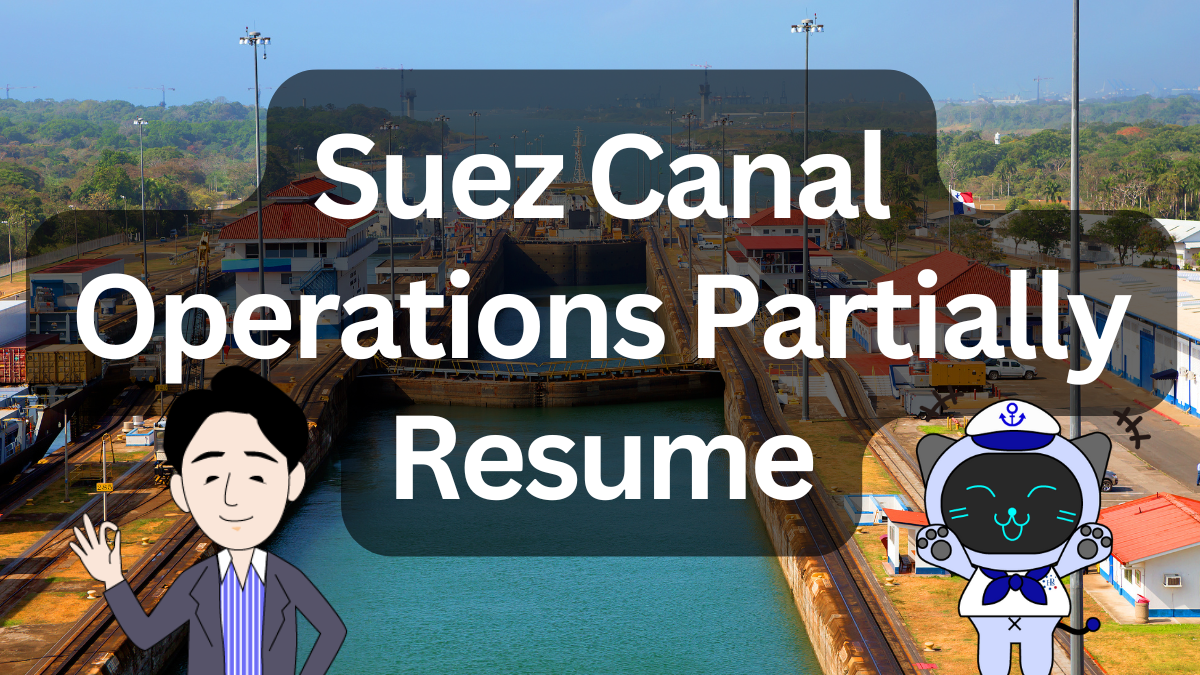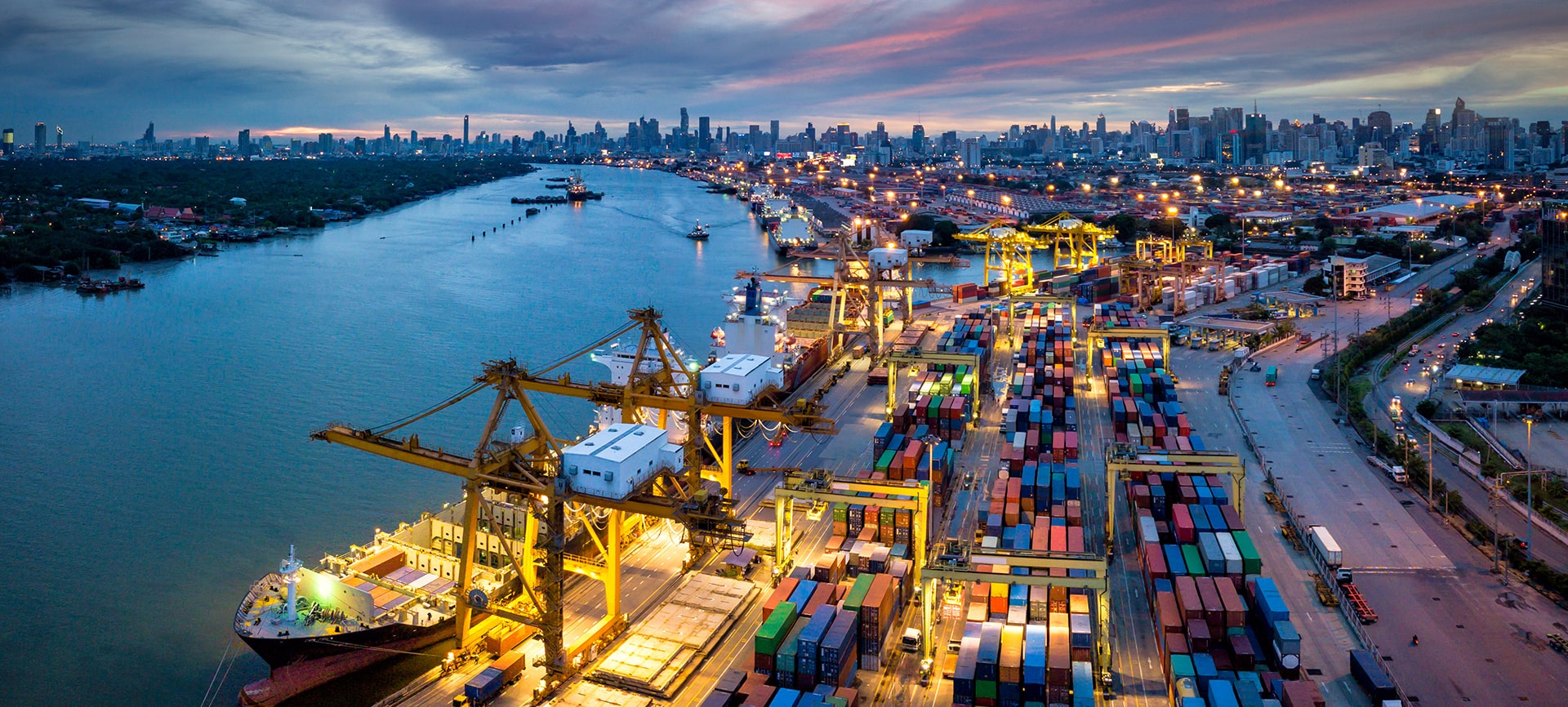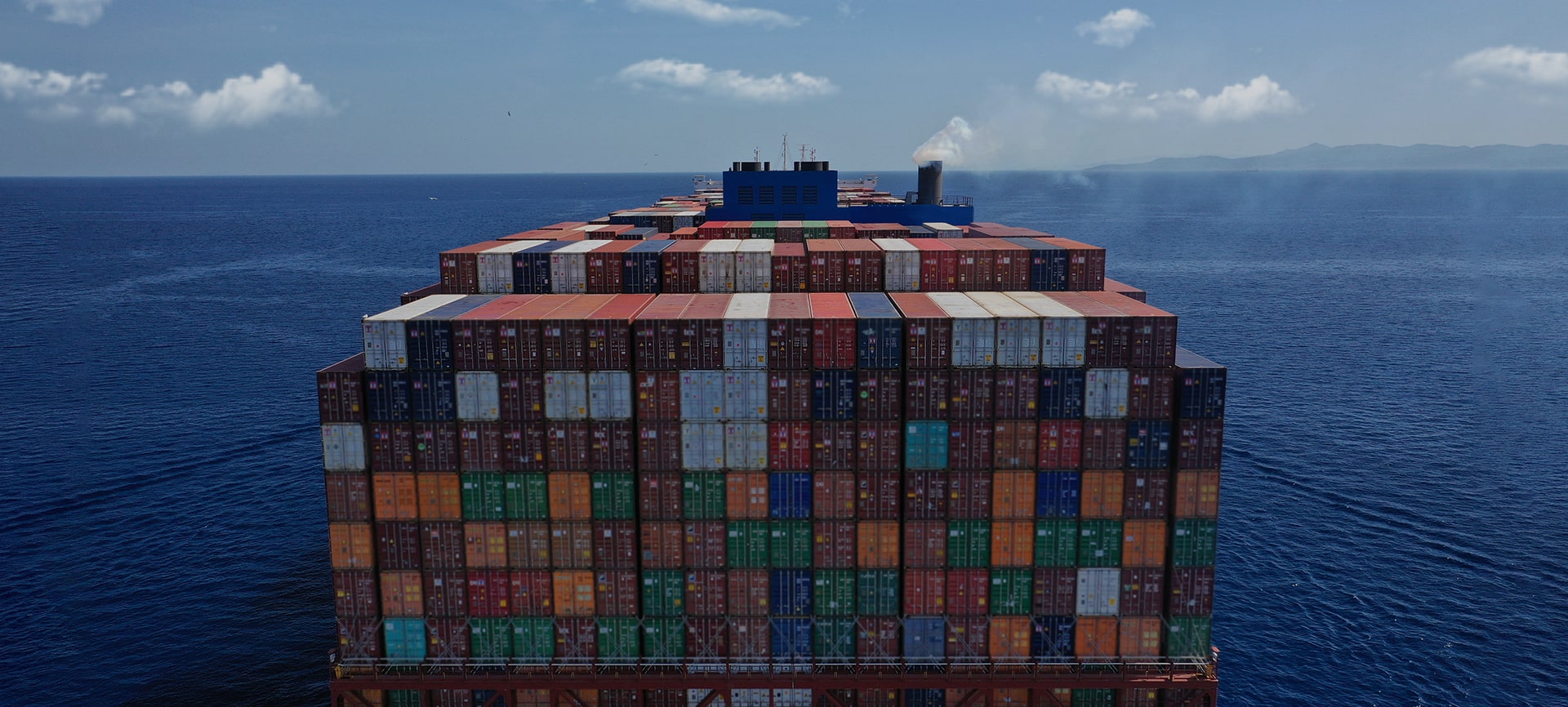Posted on: October 20, 2025 / Last updated: October 20, 2025
Signs of Recovery: Red Sea Shipping Resumes as Ceasefire Brings Hope to Global Logistics

After nearly one year of disruption in the Red Sea, signs of recovery have finally begun to emerge.
From late 2024 through 2025, the global shipping industry was shaken by the Red Sea crisis.
Armed attacks on merchant vessels near Yemen and growing risks in the Suez Canal forced major carriers to reroute ships around the Cape of Good Hope, dramatically increasing both transit time and costs.
However, following the ceasefire agreement between Israel and Hamas, several container carriers have cautiously resumed operations through the Red Sea.
Although full-scale safety has yet to be restored, this marks an important turning point for global logistics.
CONTENTS
Why the Red Sea Route Matters
The Red Sea is a vital corridor connecting Asia and Europe via the Suez Canal.
Roughly 12–15% of global container trade passes through this route, making it a critical artery linking the Middle East, Africa, and Europe.
If safe passage resumes, the following improvements can be expected:
- Shorter lead times for Asia–Europe shipments (by about 10–14 days)
- Reduced fuel and freight costs
- Alleviated port congestion and fewer scheduling delays
These developments would lead to a major boost in overall supply chain efficiency.
Resumption and Industry Caution
At present, only a limited number of carriers have resumed navigation through the Red Sea.
Major lines such as Maersk, MSC, and Hapag-Lloyd have stated that they will delay a full return until the region remains stable for several months. Current operations are still considered trial-based and limited.
Even so, this cautious return has brought a sense of psychological relief to the market.
Behind the scenes, a quiet competition is emerging among carriers as they evaluate the right timing to re-enter the Red Sea.
Impact on Shippers and Logistics Companies
The resumption of Red Sea routes carries significant implications for shippers and logistics providers.
Compared with the Cape route, the distance is shortened by 4,000–6,000 km, enabling cost reductions of several million to up to USD 10 million per voyage.
Transit times to Europe are also shortened by 10–14 days, improving delivery stability, inventory control, and lead-time management.
As Red Sea routes recover, congestion at alternate ports and detour routes is expected to ease considerably.
However, resumption may also trigger rate fluctuations, prompting shippers to reassess contracts and logistics costs.
While logistics efficiency improves, this is a time for careful, data-driven decision-making.
Lingering Uncertainties
The Red Sea region is not yet fully stable.
Political risks in neighboring countries, potential resurgence of militant activity, persistently high insurance premiums, and concerns for crew safety remain major issues.
Most carriers are maintaining limited operations, expecting that several months of stable conditions will be required before fully normal service can resume.
The recovery of global logistics will not happen overnight; it will proceed gradually—“step by step, balancing risk and opportunity.”
Outlook: Toward a “Normalization” of Global Shipping
This cautious reopening of Red Sea navigation represents a long-awaited sign of hope after months of instability.
If the ceasefire holds and regional safety improves, the Asia–Middle East–Europe corridor could once again thrive, restoring the lifeline of international logistics.
This is more than just the reopening of a sea route—it symbolizes the revival of trade and economic activity.
The stabilization of the Red Sea marks the first step toward reconnecting global supply chains.
The recovery of Red Sea shipping signals a new dawn for world trade and logistics, reigniting the flow that keeps the global economy moving.












